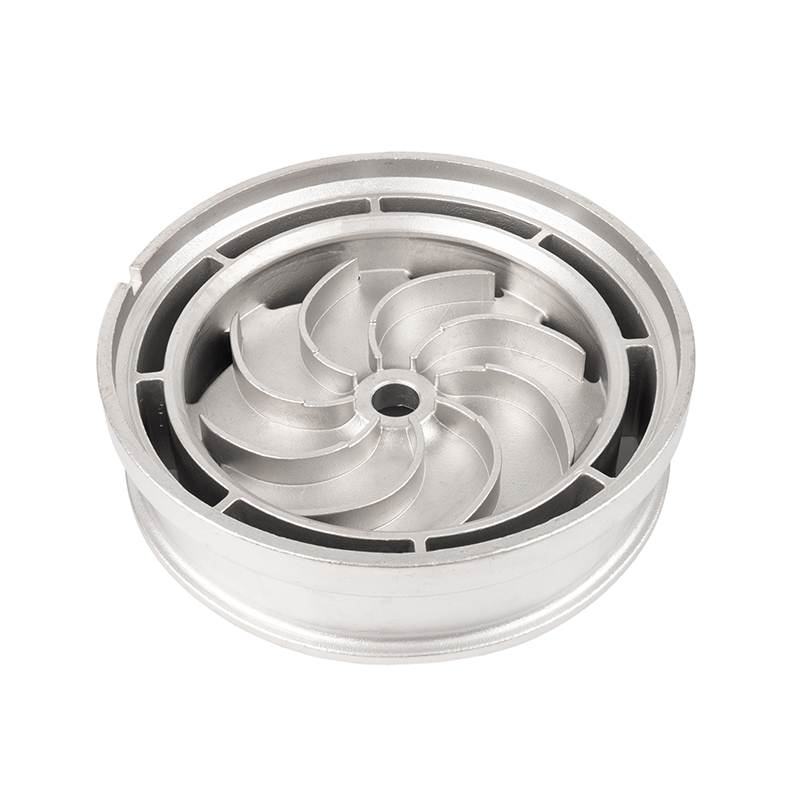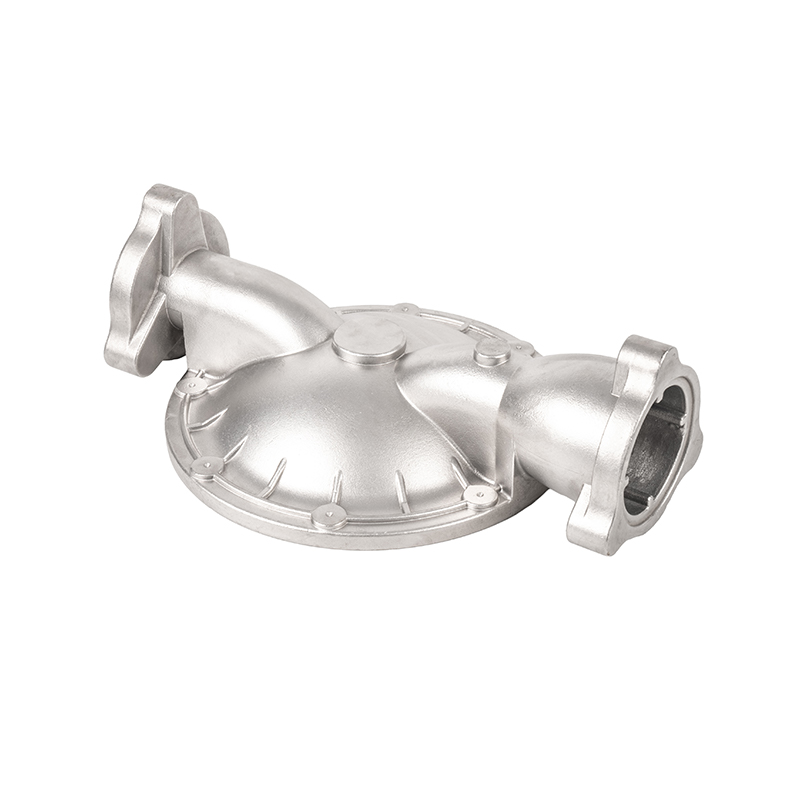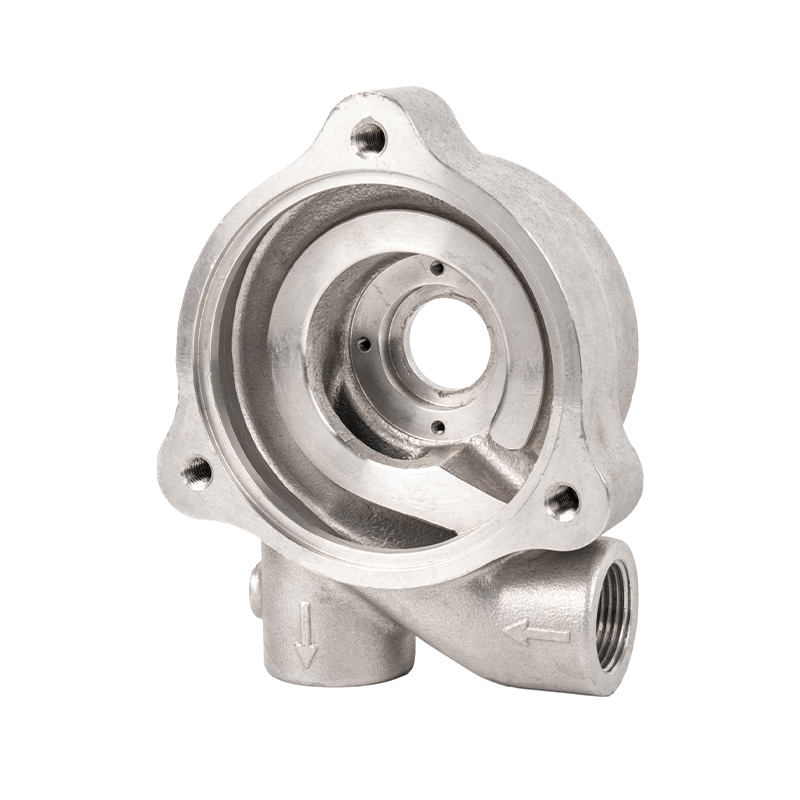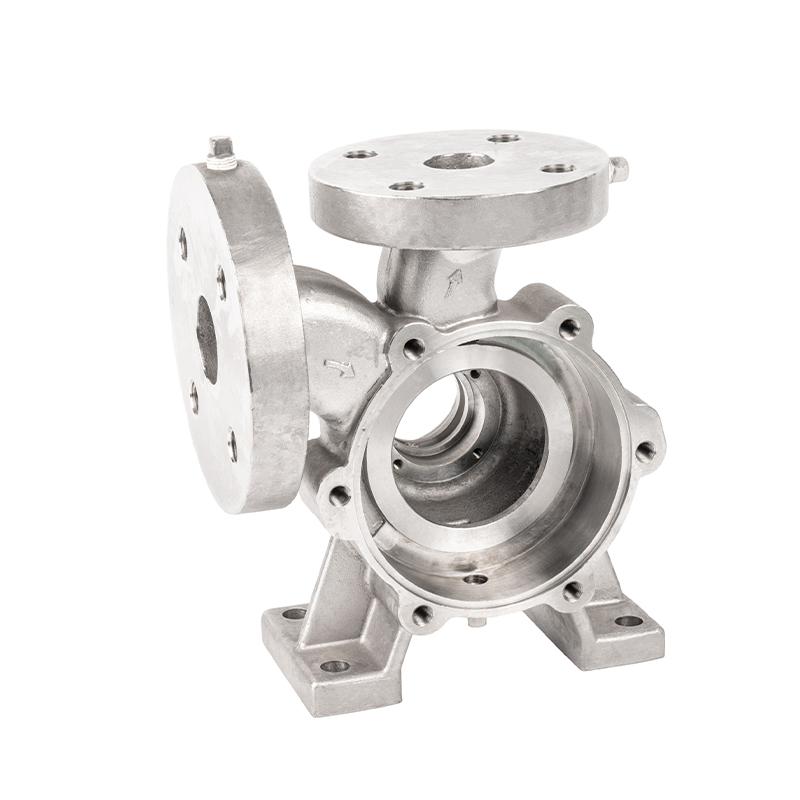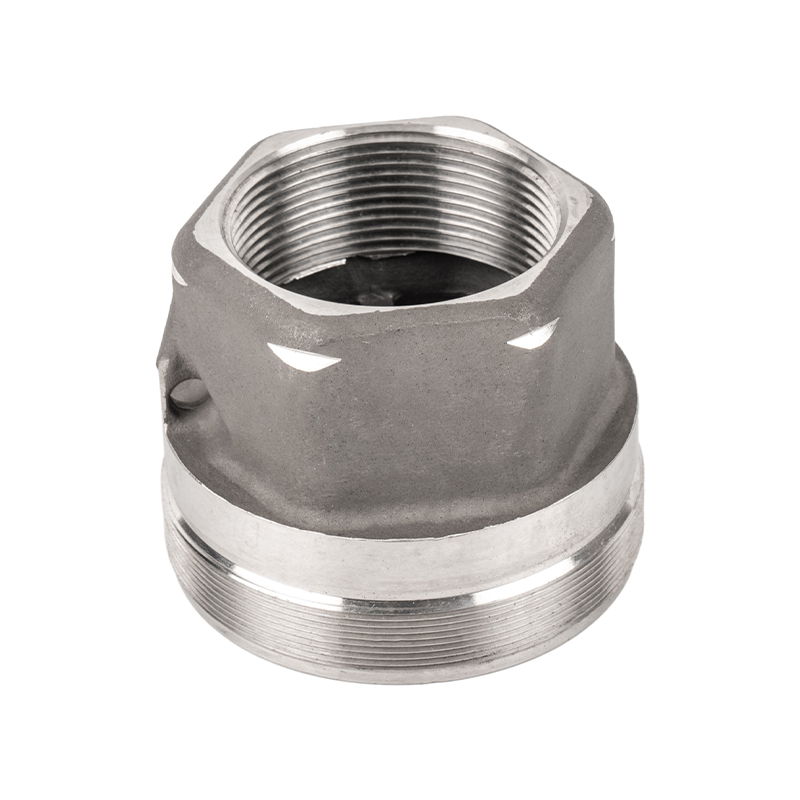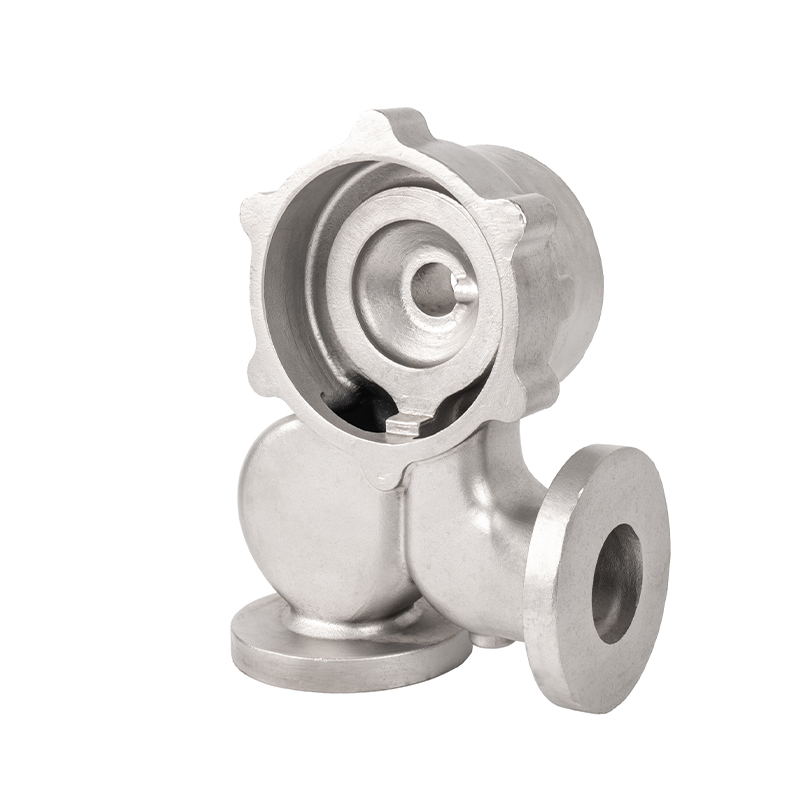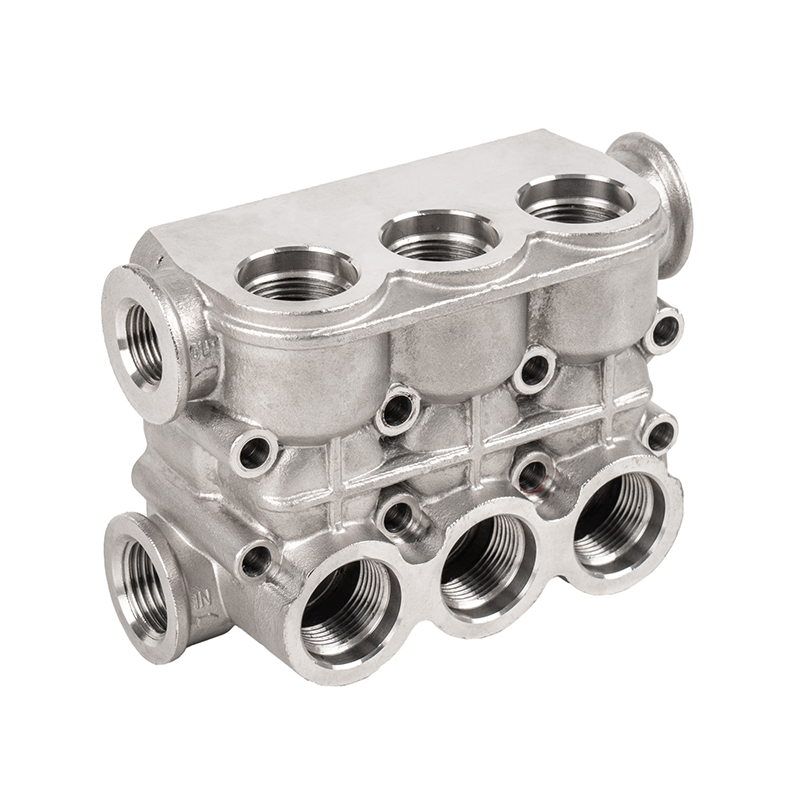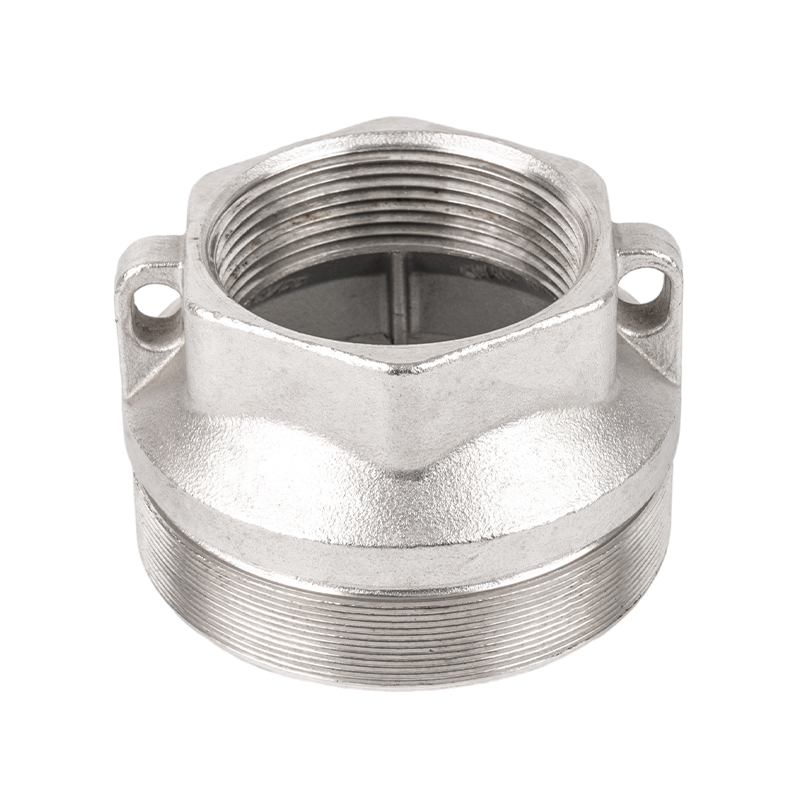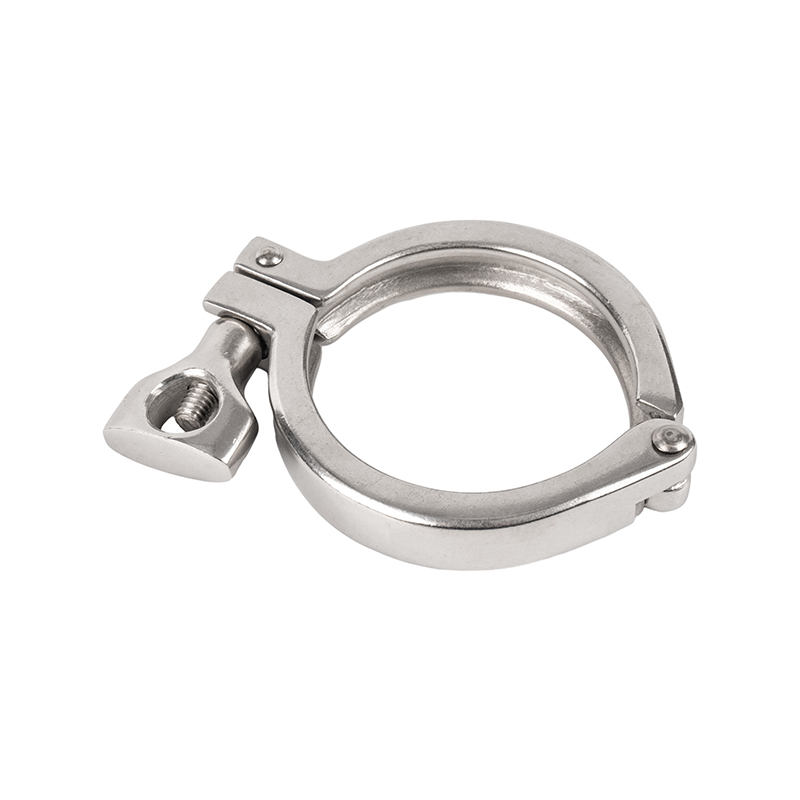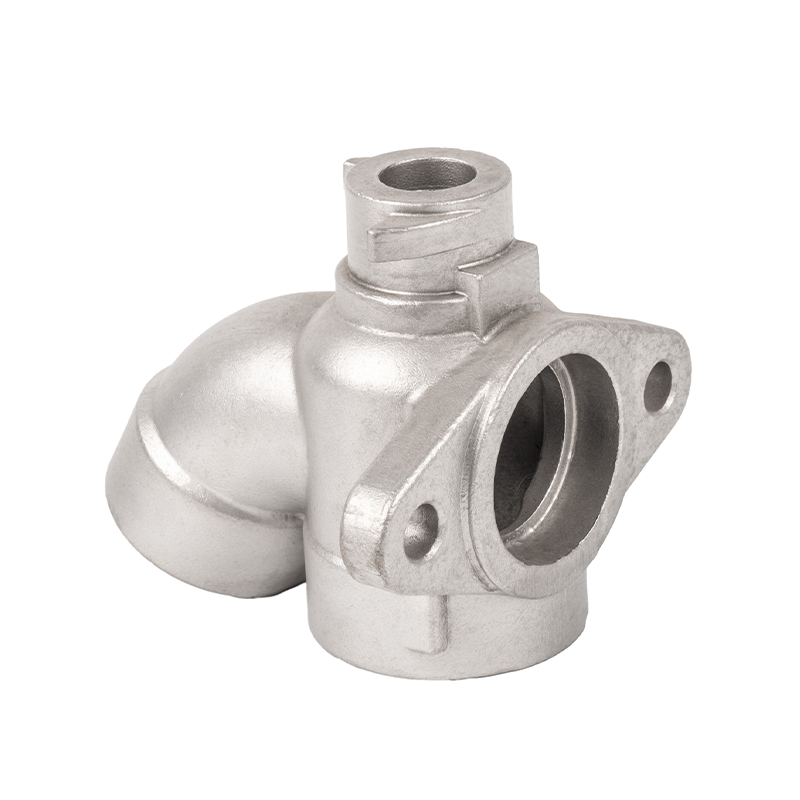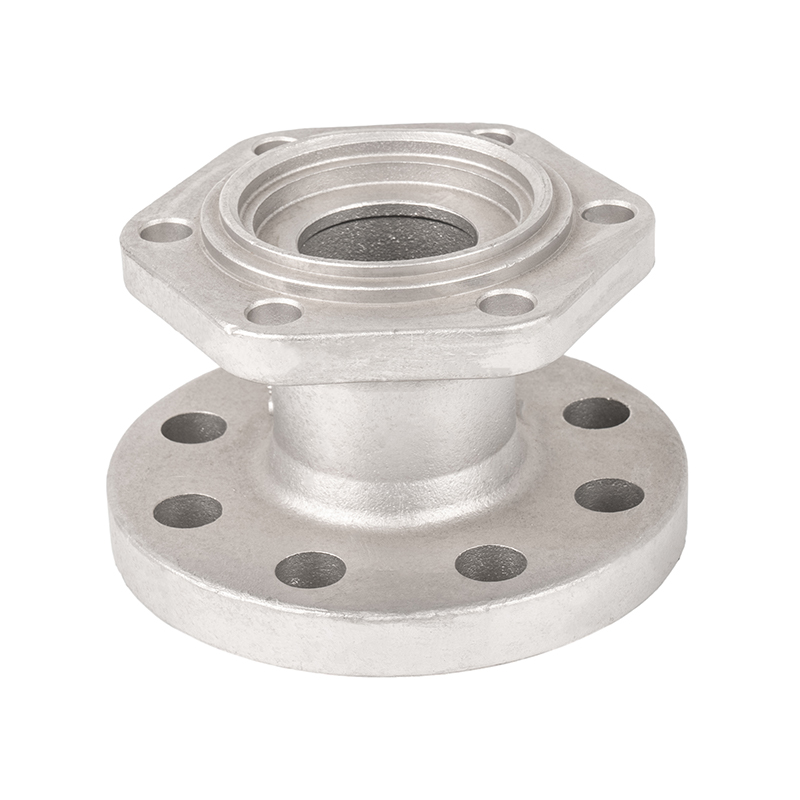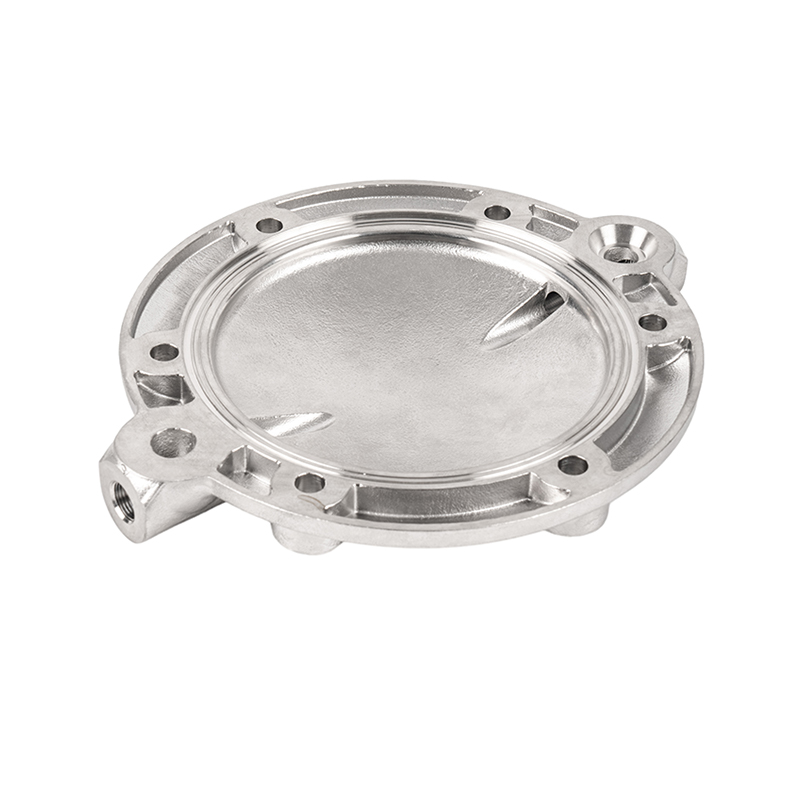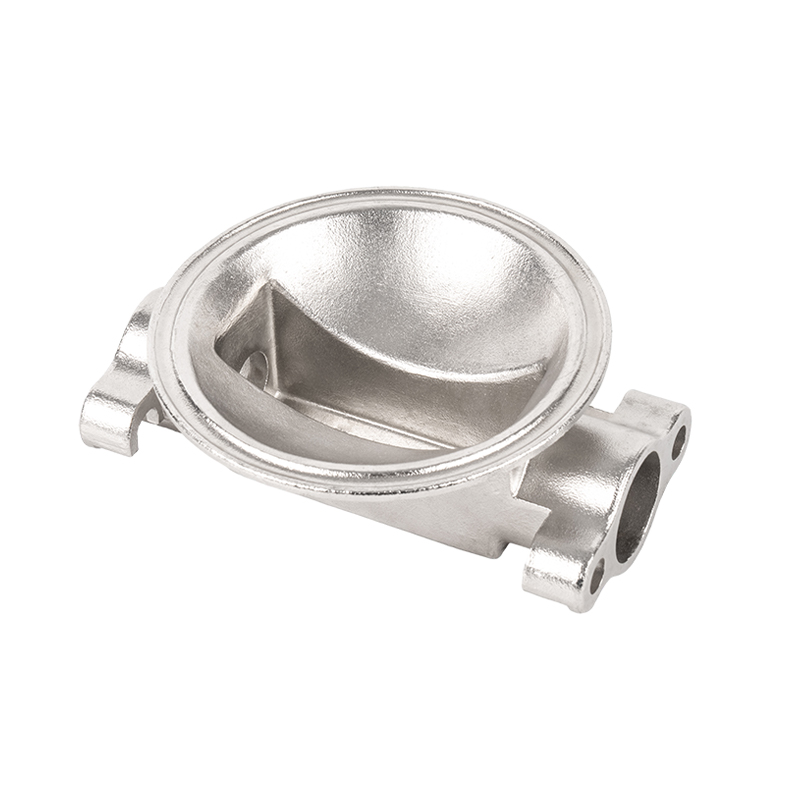How to solve the problem of air holes in the production of control valve castings
In the manufacturing process of control valve castings, pore defects are one of the important issues affecting the performance of castings. The formation of pores usually originates from the failure of gas to effectively escape during the filling or solidification process of the molten metal, resulting in gas retention inside or on the surface of the casting, forming a closed or semi-closed cavity. These pores may appear circular or elliptical in visual inspection, with diameters ranging from tens of microns to several millimeters, and their distribution is uncertain. They are commonly found in hot spots, corners or at the end of metal flow. Pores not only reduce the density and strength of castings, but may also become channels for corrosive media to invade, leading to crack expansion, leakage, and even structural damage during subsequent processing, welding and service.
To effectively control pore defects, we should start with the smelting link. High-quality charge is the basis for avoiding the generation of pores. The charge must undergo strict rust removal, degreasing and drying treatment to prevent moisture or impurities from entering the molten metal. During the smelting process, the temperature must be strictly controlled to avoid excessive oxidation of the metal due to excessive temperature and the formation of oxide inclusions; at the same time, too low temperature will affect the fluidity of the metal and increase the risk of gas entrapment. In addition, degassing is also key. Inert gas (such as argon or nitrogen) should be used to purge the molten metal to effectively remove dissolved gases and suspended impurities and reduce the gas content of the molten metal. For materials that are easy to absorb air, such as aluminum alloys and copper alloys, it is particularly necessary to strengthen the vacuum degassing or rotary degassing process to improve the cleanliness and stability of the molten metal.
The selection and treatment of molding sand and core sand are also crucial to the prevention of pores. The moisture, organic matter and gas content in the molding sand must be strictly controlled. Excessive moisture or residual organic components will vaporize rapidly under the high temperature of the molten metal. If the exhaust is not smooth, pores are easily formed in the casting. Therefore, the molding sand and coating must be fully dried before molding to ensure that they are in a low-moisture and stable state. At the same time, highly permeable sand molds and core boxes are selected to enhance exhaust capacity. An appropriate gas-generating binder should be used in the core sand, and the gas escape speed should be accelerated by adding vents and exhaust grooves. For control valve castings with complex inner cavities or deep hole structures, it is crucial to design the exhaust channel reasonably to ensure that internal pores will not be generated due to gas blockage during the core molding process.
The reasonable design of the pouring system is also a key link in preventing and controlling pores. The layout of the runner, cross runner and inner gate should ensure that the molten metal can fill the mold cavity quickly and smoothly to avoid severe impact, air entrapment or secondary oxidation. The use of bottom pouring or closed pouring system can effectively reduce the turbulence of the molten metal and reduce the risk of gas entrapment. At the same time, the control of the pouring speed should be avoided. Pouring too slowly may cause the molten metal to cool too early and the gas to fail to escape; while pouring too quickly may wash the molding sand and entrap gas. The outlet of the ladle must be kept clean and smooth to prevent inclusions and gas from entering the metal flow. In the production of high-demand castings, ceramic filters are often used in combination to filter impurities in the molten metal and stabilize the flow rate, thereby further improving the quality and reliability of the castings.


 English
English Español
Español русский
русский 中文简体
中文简体

